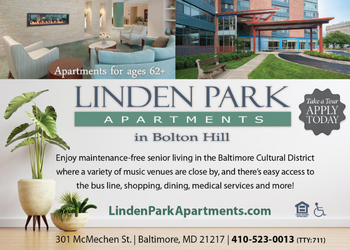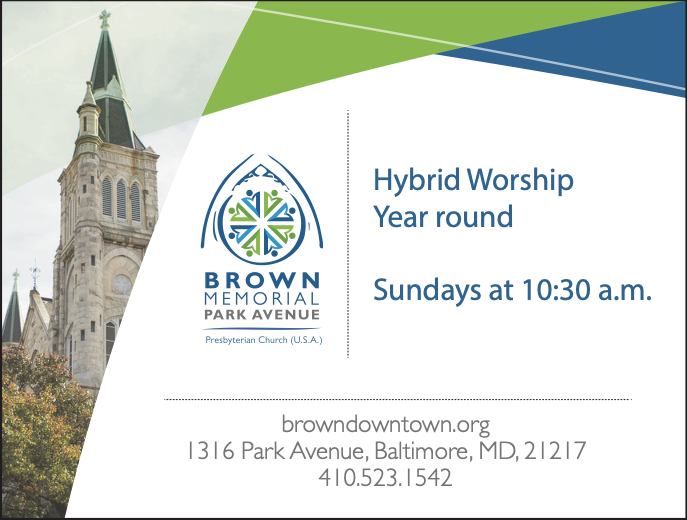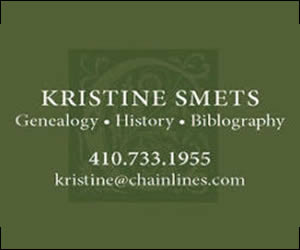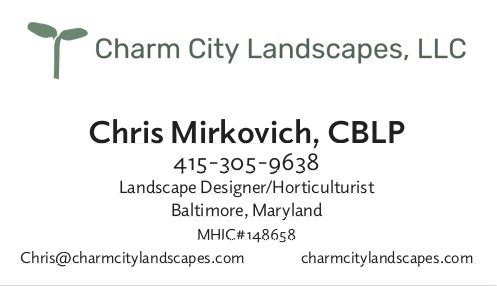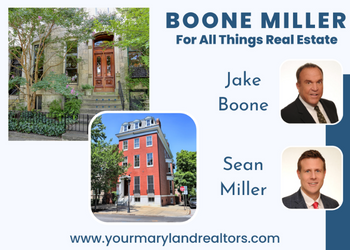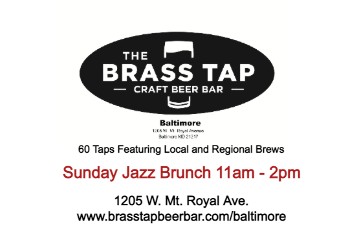 Bolton Hill, referred to as Mount Royal until the 1970s, is one of Baltimore’s most handsome and best-maintained neighborhoods. Bounded on the north by North Avenue, on the south by Dolphin Street, on the east by Mount Royal Avenue, and on the west by Eutaw Place, it is notable for its large collection of fine late 19th century architecture.
Bolton Hill, referred to as Mount Royal until the 1970s, is one of Baltimore’s most handsome and best-maintained neighborhoods. Bounded on the north by North Avenue, on the south by Dolphin Street, on the east by Mount Royal Avenue, and on the west by Eutaw Place, it is notable for its large collection of fine late 19th century architecture.
Bolton Hill retains a strong Victorian era character with its blocks of three and four story traditional row houses in brick, brownstone, marble, and granite, and it also has mid-20th century modern homes. Indeed, some of the largest and most ornate mansion houses ever built in Baltimore are within our neighborhood boundaries.
Whether with flat or bow fronts, windows that are ornamented or plain, steps of white marble or brownstone, and cornices of wood, metal, or masonry, the unique and historic homes of Bolton Hill have been home to some of Baltimore’s most prominent and famous citizens. Today, the neighborhood is home to an active, diverse, and cohesive group of residents of all ages.
Bolton Hill is a Baltimore City Historic District. With these honors comes responsibility to properly maintain and care for this irreplaceable collection of architecture. Most Bolton Hill residents have a strong sense of stewardship toward their homes, caring for and extending the life of structures that have stood for as many as 170 years, and will likely stand for hundreds more. All exterior changes to a Bolton Hill house or other structure, no matter how minor, must comply with the Baltimore City Commission for Architectural Preservation (CHAP) regulations.
Bolton Hill History
Bolton Hill is named after the estate of George Grundy, who named his estate house after Bolton le Moors, which was located at the site of the current Fifth Regiment Armory. Around 1850, the area began to transition from large estate to traditional Baltimore row houses, which were built along a diagonal street grid, unlike the traditional north-south grid of most Baltimore neighborhoods. This grid was constructed by Thomas Poppleton to follow now Pennsylvania Avenue and the Jones Falls. Early row houses featured plain brick facades with decorative cornices, door surrounds, and window lintels. Later row houses featured more ornate designs. Construction of row houses continued until the end of the 19th century, but a few large apartments were constructed at the beginning of the 20th century.
Unlike other prominent neighborhoods in Baltimore at the end of the 19th century, which had restrictive covenants against African-Americans, Jews, and Asians, Bolton Hill was a relatively diverse neighborhood. Although socially segregated, many African-American servants for the mansions of wealthy Bolton Hill residents lived in the alley houses of Bolton Hill. At the end of the 19th century, Baltimore’s German Jewish community moved to Bolton Hill. Jews had moved to the western edge of Bolton Hill, and many synagogues, such as Baltimore Hebrew, Chizuk Amuno, and Shearith Israel, moved to McCullough Street and Madison Avenue just west of Bolton Hill. Furthermore, two large temples were built within Bolton hill. Eutaw Place Temple was built by Temple Oheb Shalomon Eutaw Place in 1892, and the Har Sinai Congregation built a large temple on Bolton Street in 1894.
At the beginning of the 20th century, white residents of Bolton Hill began to fear the expanding African-American community to the west of the neighborhood, eventually leading to white flight. The Mount Royal Improvement Association was incorporated in 1928 and pushed for covenants against African-American residency in the neighborhood. By the mid-20th century, however, many Bolton Hill residents moved to the suburbs for modern homes with yards, and in the early 1960s most of the Jewish institutions had moved to the northwest suburbs.
In the early 1960s, federal urban renewal funds were used to demolish houses on the western edge of the neighborhood, which were considered “slums” and targeted for “stabilization.” Several large new developments such as Bolton Square, the Atrium, and Park Purchase III were built in their place. In 1967, Bolton Hill became a Baltimore City historic district, and in 1971 it was placed on the National Register of Historic Places. As a result, the majority of the neighborhood was largely preserved.
In 2018, in an effort to abandon the association with an organization that had its roots in segregation and to better reflect the location of the community, the Mount Royal Improvement Association became known as the Bolton Hill Community Association.
Public Historic Markers in Bolton Hill
In the summer of 2020, protests erupted in Baltimore and other cities across the country over public statues, monuments, plaques, and place names that symbolize systemic racism. Bolton Hill’s Baltimore city councilman received inquiries about altering, renaming, or removing particular public historic markers, as did the BHCA executive committee regarding markers in Bolton Hill.
In response, BHCA undertook a thorough examination of the public historic markers in the neighborhood to understand the history they represent and the history of their placement. A steering committee convened by the BHCA president led to soliciting the Bolton Hill community for suggestions, information, perspectives, and volunteers to assist with the effort. Next, a five-member public historic markers review committee was assembled reflecting the different perspectives and experiences of the Bolton Hill community, with special emphasis on race. The committee’s focus was public historic markers, rather than private markers such as Bolton Hill’s Blue Plaques. It compiled information from community members and existing research, conducted additional research, and developed Guidelines for Public Historic Markers for formulating its recommendations to the BHCA Board of Directors on retaining, retaining with contextualization, or removing with explanation three public historic markers in Bolton Hill. After a public comment period on its draft recommendations, the committee finalized its recommendations to the BHCA Board of Directors. In January 2023, the BHCA Board of Directors voted unanimously to approve the committee’s recommendations, detailed below. Since the historic markers are on public property, BHCA will work with the proper City agencies to effectuate the recommendations.
Confederate Soldiers and Sailors monument plinth (Mount Royal Avenue)
Recommendation: remove with explanation
Rationale: Without a compelling reason to retain the plinth, the committee recommends full removal of the Confederate Soldiers and Sailors monument. Read about the history of the monument and committee’s review process in the Confederate Plinth Summary.
Francis Scott Key monument (Eutaw Place)
Recommendation: retain with contextualization
Rationale: Given the complicated relationship between Key’s life, worldviews, and the words he wrote for what became the national anthem, the committee recommends the installation of an interpretive plaque near the Key monument. An interpretive plaque would provide an educational opportunity to offer historical context for the monument memorializing the man who wrote the Star-Spangled Banner. Read about the history of the monument and committee’s review process in the Key Monument Summary.
William L. Marbury plaque (Park Avenue)
Recommendation: remove with explanation
Rationale: Because of the unverified reasons for the plaque’s placement but unequivocal knowledge of the revolting public reputation of the man honored by the plaque, the committee recommends removal. As a corollary, the committee suggests giving the plaque to a Marbury descendent. Read about the history of the plaque and committee’s review process in the Marbury Plaque Summary.

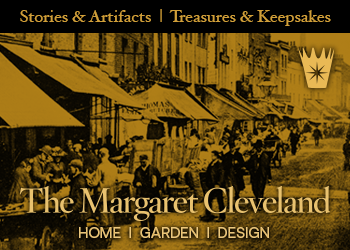
.png)

.png)
